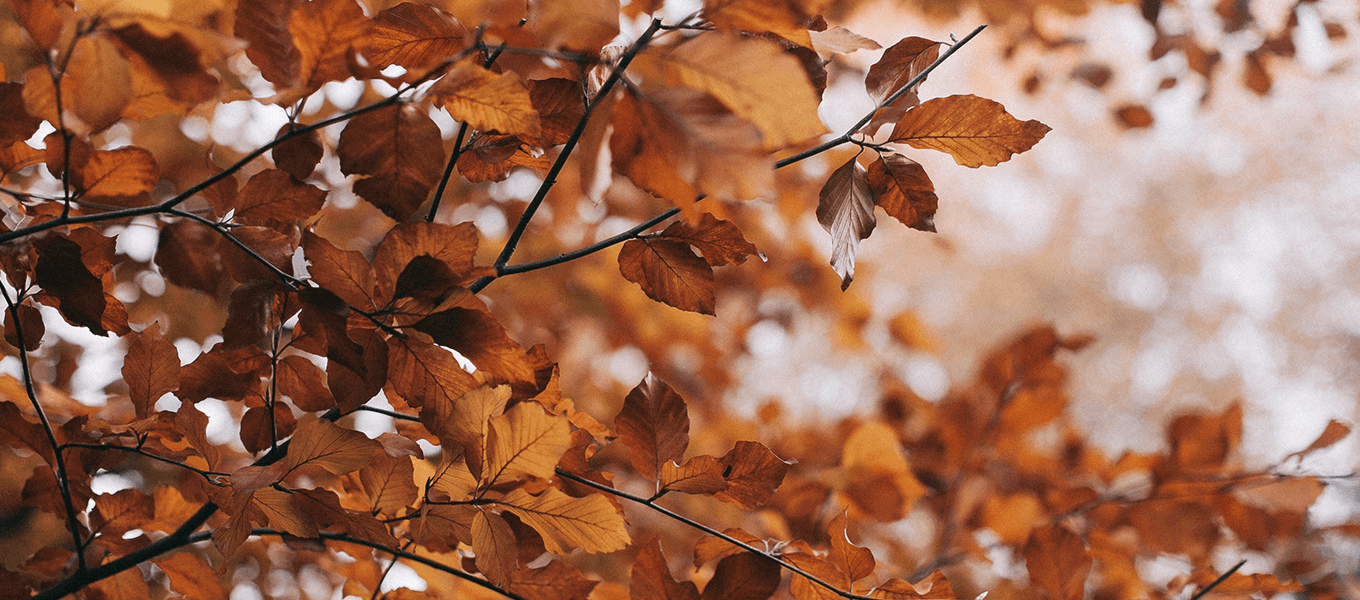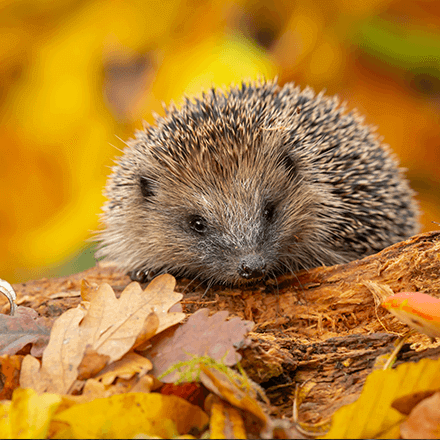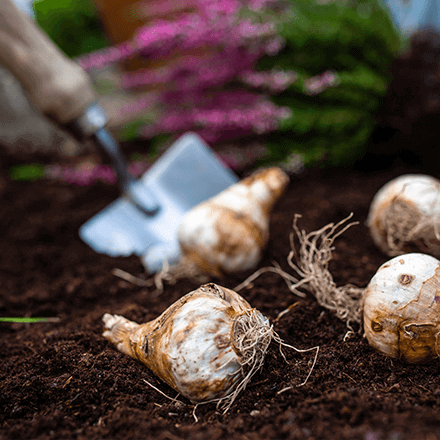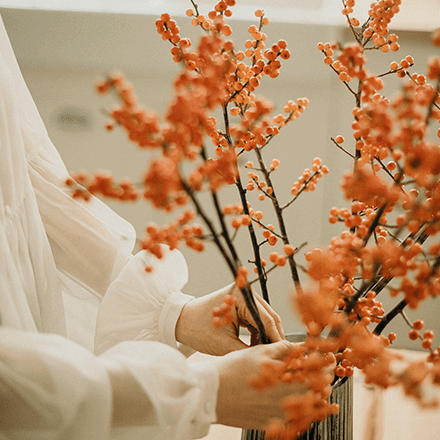
Garden tips for fall
Autumn is coming! And with it, colourful leaves, a golden atmosphere and mild light. You should start preparing your garden now. Autumn is not just about enjoying the beauty of the season, but also about pruning, shovelling, harvesting and digging. What's more, some of the leftovers can be used to create wonderful decorations.
To dos for autumn in the garden
From October onwards, when the temperatures slowly start to fall and everything in the garden starts to glow in an incomparable way, there is still a lot to do. For example, diseased and weak plants need to be pruned so that the garden will bloom beautifully again next spring. According to the Federal Nature Conservation Act, radical pruning of shrubs and hedges is prohibited from 1 March to 30 September in order to protect breeding birds. However, gentle shaping and maintenance pruning is permitted. It is best to carry out pruning before the first frost, as cutting branches and twigs creates wounds that should heal beforehand. However, not every plant should be pruned in autumn. Spring-flowering plants and roses should only be pruned after they have finished flowering. Woody plants such as birches, poplars, maples, fruit trees and hedges should be pruned in autumn. And while you're at it, tidy up: The beds also need tidying up. The so-called annuals - plants that die back after one growing season - should be removed, as should summer flowers so that they don't seed everywhere - especially in places where you don't want them to. Leaves should also be removed, but not everywhere. They should be left on beds, paths and under trees, as they serve as natural soil mulch and a habitat for animals.

By the way: If you pile up a heap of leaves and small branches in winter, you can provide some hedgehogs with a nice winter home. Leaves on the lawn, on the other hand, should definitely be removed as they prevent the blades of grass from absorbing light during the already dark season. Leaves also encourage moss growth - and no garden owner likes to see that. That's why leaves should be removed from the lawn once a week. Lawn care also includes the last cut of grass: the best time for this is at the beginning of November when the grass is barely growing. However, the lawn should not be cut shorter than five centimetres, as longer blades can absorb light better.

Planting and transplanting
Autumn is also a good time for planting - especially trees, shrubs and perennials. Because the temperatures are dropping, but the soil is still warm and hopefully it has rained enough for the soil to be moist enough, the plants can establish good root growth in autumn before growing more slowly again in winter. In spring, however, you will see the results, as the plants have had plenty of time to get used to the new location and soil. They will certainly look particularly beautiful next summer. And if you want to have beautiful flowers in your garden in spring, you should plant tulip, daffodil and crocus bulbs in autumn. Most of the bulbs are planted about twice as deep in the ground as they are tall. However, the opposite applies to frost-sensitive bulbous plants such as dahlias: they must be dug up before the first frost and kept in a cool place until April, depending on the weather.
Frost protection
As some garden plants are not hardy, they - as well as sensitive grasses and perennials - should be protected from the first frost. Most potted plants, which are often found on patios or balconies, need a frost-free winter location such as a conservatory, unheated cellar, garage or cool stairwell. However, more and more nurseries are also offering an overwintering service for such plants if no suitable location is available.

Get creative
Almost everything that the garden has to offer in autumn can be used for magical decorations - such as leaves, rose hips, pumpkins, ornamental apples, chestnuts and much more. The good thing is that the cooler temperatures ensure that the decorations last a long time and look fresh. With the help of wire and colourful berries, for example, you can make beautiful autumnal pendants or plugs. Dried leaves can be decorated and designed with clear varnish and acrylic paint. This turns them into real eye-catchers. Ornamental cabbage and pumpkins also inspire you to get creative. Or the classic way: make figures out of walnuts and chestnuts. All you need is a few utensils such as toothpicks, glue, a small hand drill - and a little bit of imagination.














